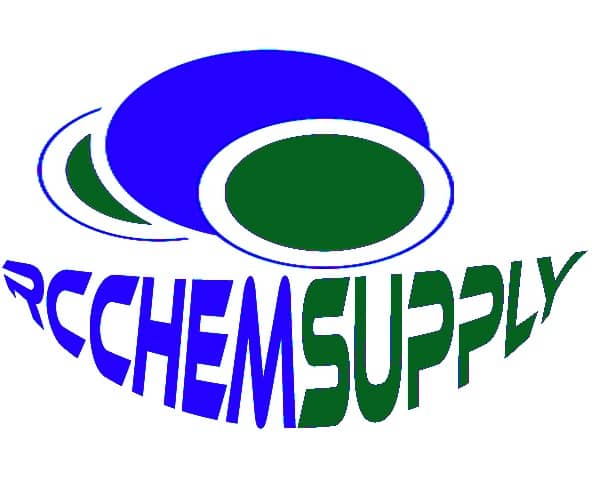Research Chemicals and Synthetic Drugs: Current Trends and Future Prospects
Research chemicals and synthetic drugs are a growing concern in today’s society. These substances are designed to mimic the effects of illegal drugs, but are often marketed as “legal” or “safe” alternatives. However, the reality is that these substances can have potentially dangerous and even deadly effects on users. In this article, we will explore the current trends and future prospects of research chemicals and synthetic drugs. Fentanyl Vs. Heroin
One of the most significant trends in the production and use of research chemicals and synthetic drugs is their increasing availability online. The internet has made it easier for individuals to purchase these drugs, often under the guise of “research chemicals” or “not for human consumption.” This has led to a significant increase in the number of users and has made it more difficult for law enforcement to track and regulate the production and distribution of these drugs [2]
What are Research Chemicals and Synthetic Drugs?
Research chemicals and synthetic drugs are substances that are designed to mimic the effects of illegal drugs. They are often developed by underground chemists and are not subject to the same regulations and testing as prescription medications. These substances can be sold legally as long as they are not intended for human consumption, but they are often marketed as “legal highs” or “research chemicals.” What is the legality of cannabinoids?
Examples of research chemicals
- Synthetic cannabinoids (e.g., Spice, K2)
- Synthetic cathinones (e.g., bath salts)
- Synthetic opioids (e.g., fentanyl analogs)
- Designer benzodiazepines (e.g., etizolam)
- Novel psychedelics (e.g., NBOMe compounds)
These substances are often sold online or in head shops, and are marketed as “legal” or “safe” alternatives to illegal drugs. However, they can have potentially dangerous and even deadly effects on users.
Current Trends in Research Chemicals and Synthetic Drugs
The usage of synthetic medications and research compounds is a rising trend in modern civilization. The National Institute on Drug Addiction (NIDA) reports a recent rise in the usage of synthetic cannabinoids and cathinones, notably among young individuals. These drugs are frequently promoted as “research compounds” or “legal highs” and are available online or in head shops.
The fact that research chemicals and synthetic pharmaceuticals are frequently unregulated and untested is one of the main worries. Users are therefore unaware of what they are consuming or how it will impact them. These drugs may occasionally be more potent and hazardous than their unlicensed counterparts.
Another trend in the production of synthetic drugs is the use of new and innovative manufacturing techniques. Many of these drugs are created using sophisticated chemical processes that are difficult to detect and regulate. Additionally, some manufacturers are using natural products as a starting point for the development of new synthetic drugs [4]. This approach has the potential to reinvigorate drug discovery by providing new avenues for the development of novel compounds. designer benzodiazepines wiki
Another concern with research chemicals and synthetic drugs is that they can be addictive. While they are not considered to be as addictive as drugs like cocaine or heroin, they can still lead to dependence and withdrawal symptoms.
Future Prospects of Research Chemicals and Synthetic Drugs
The future of synthetic drugs and research compounds is uncertain. Even though some of these substances might have therapeutic uses, it’s crucial to be aware of the dangers and potential side effects associated with using them.
One potential future market for research chemicals and synthetic medications is new designer pharmaceuticals. Although being created to mimic the effects of illicit drugs, these compounds cannot be classified as such due to structural variances. Yet, this tactic carries risks because these substances could be stronger and more dangerous than their illegal counterparts. Alprazolam mechanism of action
Another potential future usage for these components is the use of synthetic medications and research substances in clinical trials. Many artificial drugs and research chemicals have shown promise in the
Notwithstanding these worries, it is likely that the manufacture and use of synthetic medications and research compounds will keep expanding in the upcoming years. This is partly because these medications are so easily accessible through internet marketplaces, but it’s also because producing and selling them has the potential to bring in a lot of money. In order to control and stop the spread of these narcotics, it is crucial that law enforcement agencies and public health professionals continue to be watchful [5].
In conclusion, the use of research chemicals and synthetic drugs is a growing trend that presents both challenges and opportunities. While these drugs may offer new avenues for drug discovery and treatment, they also pose significant risks to public health. As such, it is essential that individuals, policymakers, and law enforcement officials remain aware of current trends and future prospects for these drugs. What is the difference between natural and synthetic chemicals?
Sources:
[1] https://nida.nih.gov/research-topics/trends-statistics/monitoring-future
[2] https://www.unodc.org/pdf/report_2001-06-26_1/analysis_clandestine.pdf
[3] https://www.aic.gov.au/sites/default/files/2020-05/monograph70.pdf
[4] https://www.nature.com/articles/s41573-020-00114-z
[5] https://www.emcdda.europa.eu/topics/pods/synthetic-drug-production_en



Pingback: Forensic Research Chemicals: Unlocking Clues in Labs worldwide